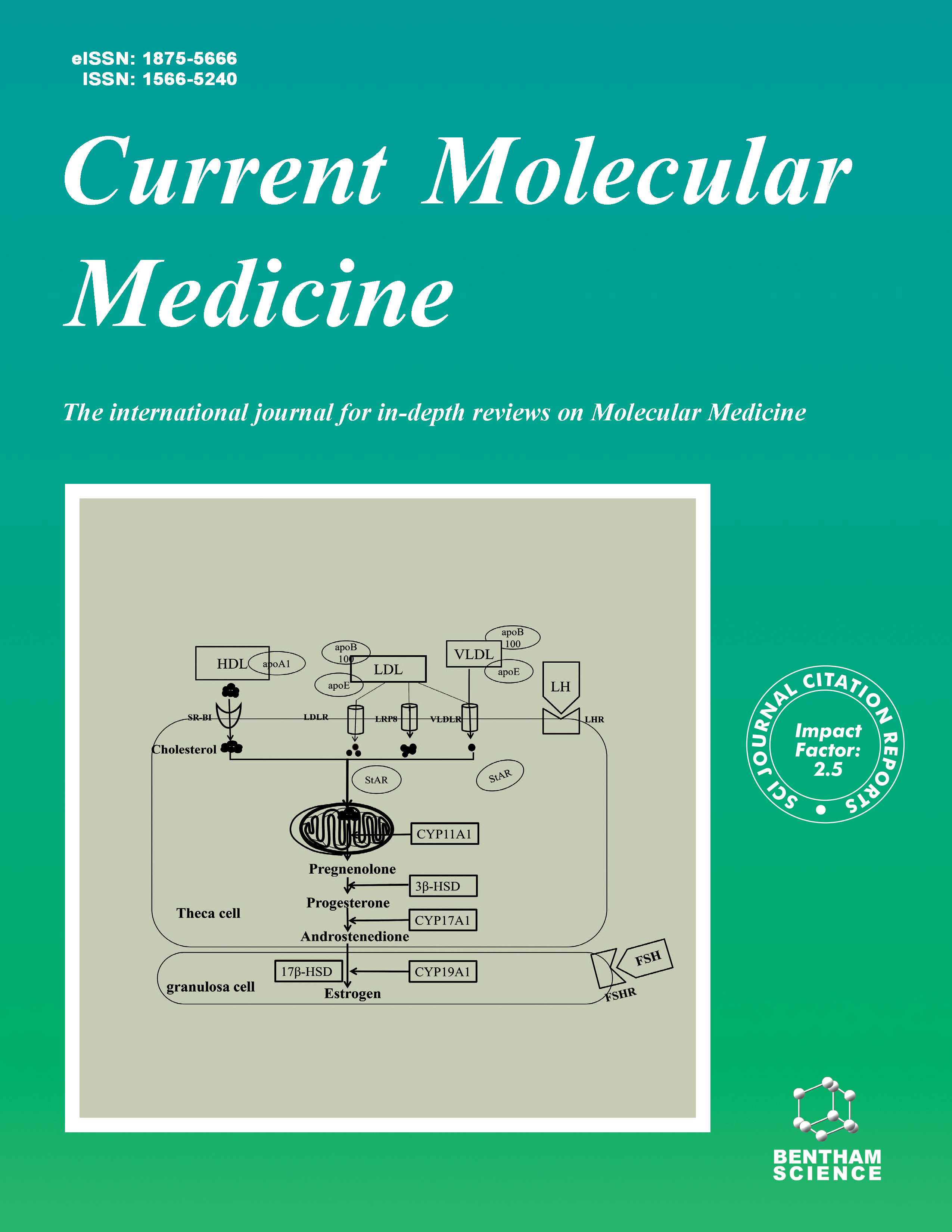
Full text loading...
We use cookies to track usage and preferences.I Understand
The biochemical integrity of the brain is critical in maintaining normal central nervous system (CNS) functions. One of the factors that plays an important role in causing biochemical impairment of the brain is known as oxidative stress. Oxidative stress is generally defined as the excessive formation of free radicals relative to antioxidant defenses. The brain is particularly susceptible to oxidative stress because of its high oxygen consumption and lipid-rich content. Therefore, oxidative stress damage is associated with abnormal CNS function. Psychiatric disorders are debilitating diseases. The underlying pathophysiology of psychiatric disorders is poorly defined and may involve the interplay of numerous clinical factors and mechanistic mechanisms. Considerable evidence suggests that oxidative stress plays a complex role in several neuropsychiatric disorders, including anxiety, bipolar disorder, depression, obsessive-compulsive disorder, panic disorder, and schizophrenia. To address these issues, we reviewed the literature and considered the role of oxidative stress as one of the first pathological changes in the course of neuropsychiatric disorders, which should receive more attention in future research.

Article metrics loading...

Full text loading...
References


Data & Media loading...

